Tools:
- Automotive pressure gauge
Parts and consumables:
- Tire valve caps
Note:
Maintain tire pressure at the appropriate level. Tire pressure should be checked every two weeks or at least once a month. Don't forget to check the spare tire pressure! 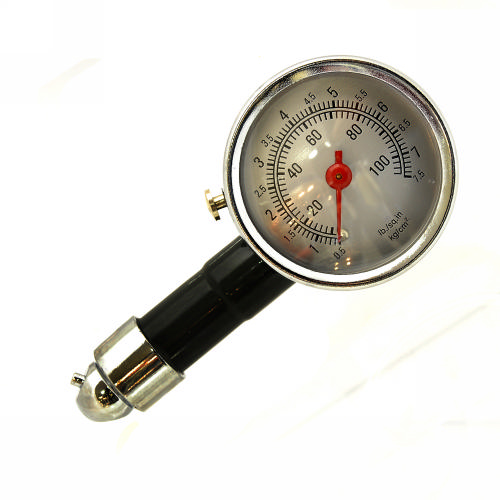
Incorrect tire pressure can result in reduced fuel economy, reduced ride comfort, reduced tire life and reduced vehicle safety when driving.
If a tire requires frequent inflation, have the tire checked by a Toyota dealer.
When checking tire pressure, observe the following instructions:
1. Always check the pressure when the tires are cold. You will get an accurate cold tire pressure reading if the car has been stopped for at least 3 hours, then driven no more than 1.5 km;
2. Be sure to use a pressure gauge to check tire pressure. The appearance of a tire can be deceiving. In addition, even with a small pressure deviation from the norm, driving performance and vehicle handling deteriorate.
3. Do not deflate or depressurize the tire after you have finished riding. It is normal for a tire to increase pressure after riding;
4. Be sure to reinstall tire valve caps. Without a cap, dirt or moisture can get inside the valve and cause air leakage. If caps are lost, new caps must be installed as soon as possible.
Maintain normal tire pressure. Otherwise, the following conditions may cause an accident, resulting in serious injury or death.
Low tire pressure (under-inflated tyre):
– increased wear;
– uneven wear;
– poor controllability;
– increased likelihood of tire rupture due to overheating;
– Poor sealing of the tire bead;
– Deformation of the wheel rim and/or separation of the tire.
High tire pressure (inflated tire):
– poor controllability;
– increased wear;
– uneven wear;
– increased likelihood of tire damage on the road.
Source: http://carmanz.info/toyota/camry-2001-2006/228622-tc2001198.html
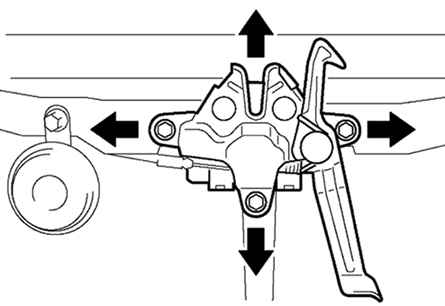
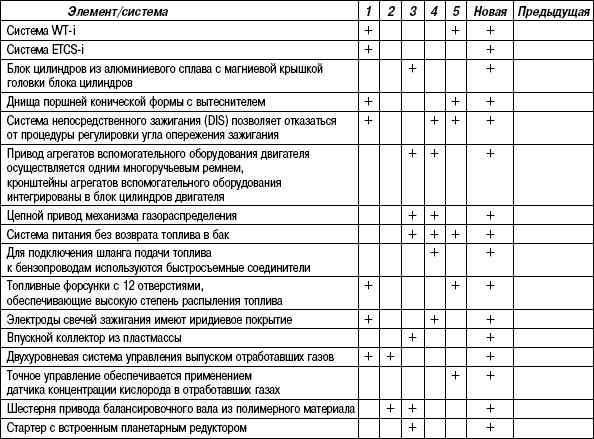

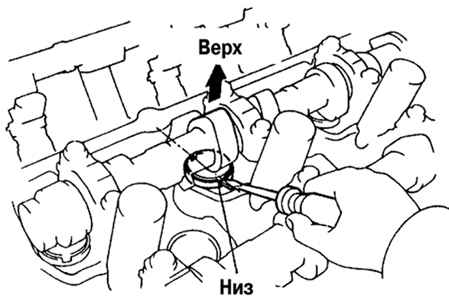
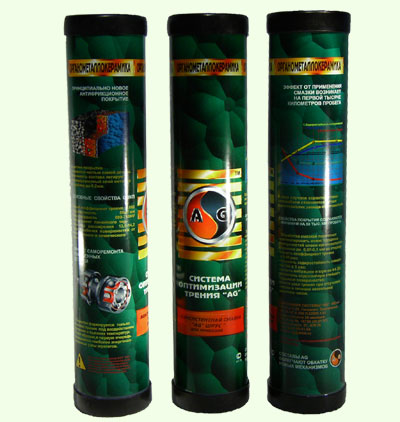
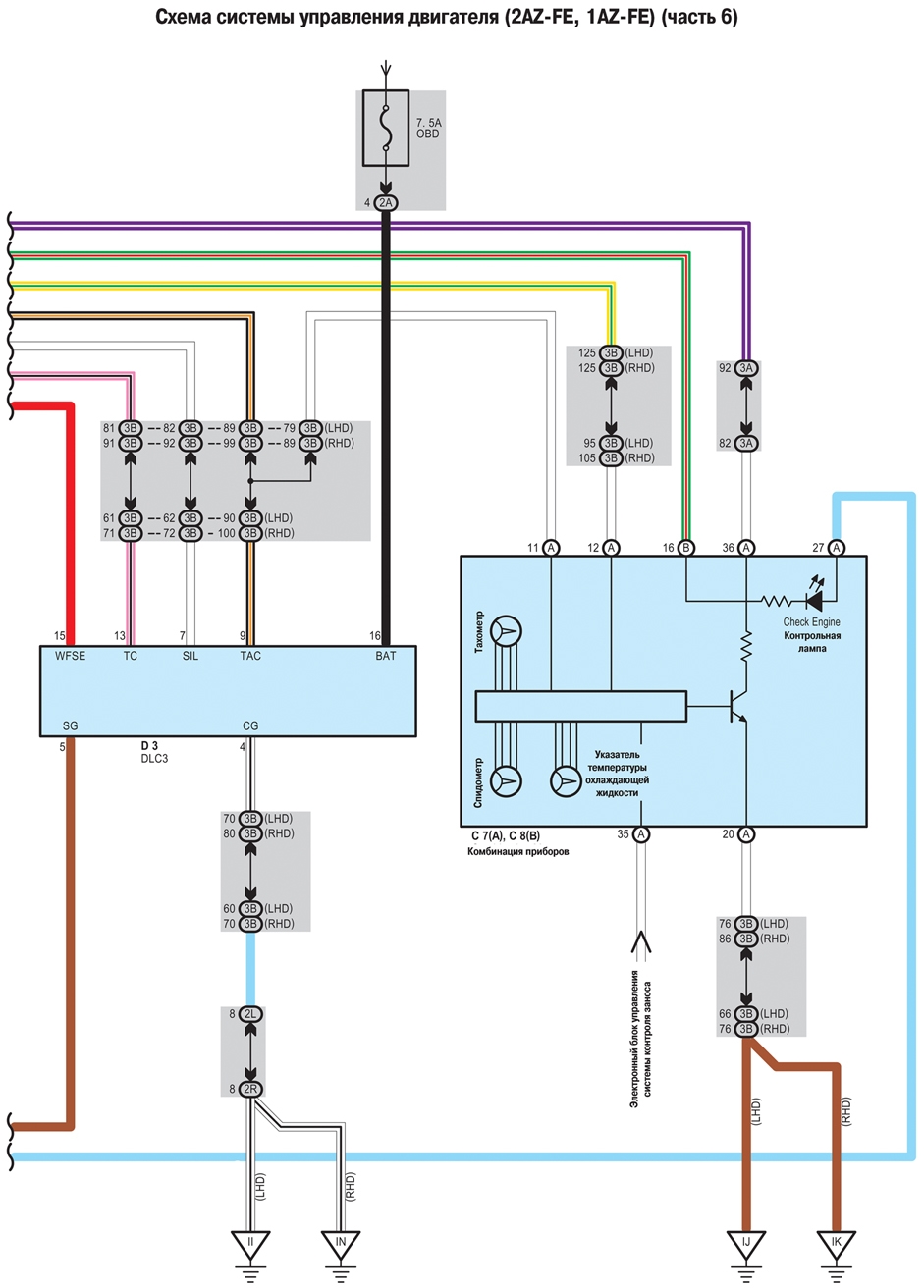
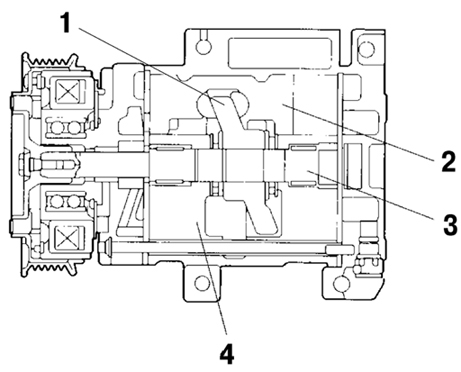
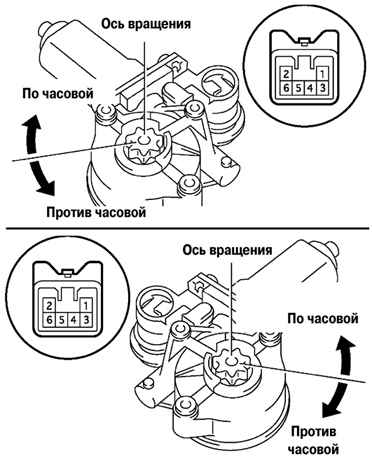
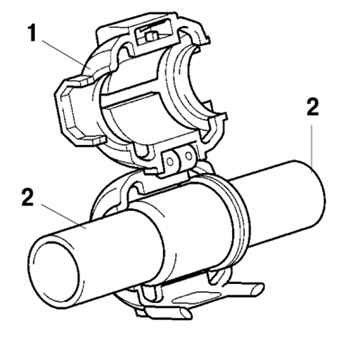
![XV30 [2001 - 2004]](/uploads/Toyota_Camry_XV30_2001_-_2004_.jpg)
